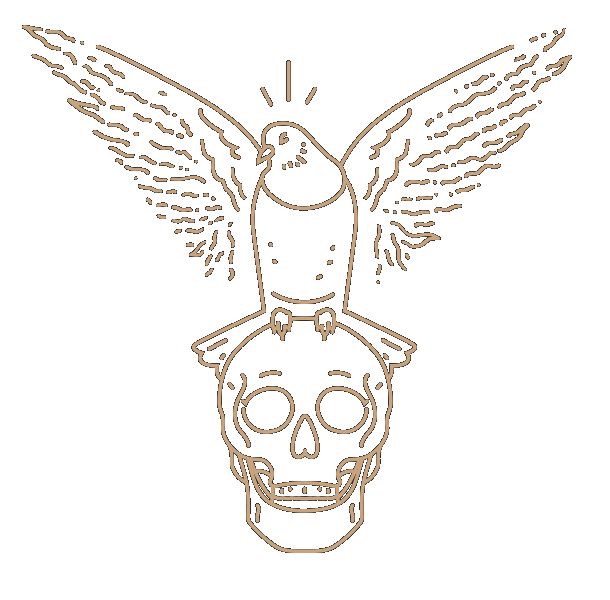Think for a moment about the word 'abstract' and its definition. When you think of an object, like a table for sake of example, what image comes to your mind? Most certainly, your image is different from mine. My mental image of a table looks a lot like the dinner table I sat at while growing up, while your table may look like the one sitting in your dining room. Yet I can use the word 'table' in a conversation and you will instantly know what I'm referencing without knowing exactly what my version of a table looks like. We take this mental feat for granted every day as it allows us to communicate easily without getting bogged down into details.
Why am I so interested in abstraction? As I grow older, my experiences shape my own personal perspective about various activities, processes, etc. My perspective is really an abstraction – a view of reality as I see it. Being able to abstract a process or object allows me to do complex things like design a website or write software. Similarly, personal abstractions grant me the ability to see common links between seemingly disparate processes, like graphic design and software design. On the surface, graphic and software design seem very dissimilar, but the processes which lead to good software are the same that lead to good design.
Successful graphic design requires the ability to break an object into its components. As a designer, I need to prioritize the messages in my work and build common threads which unite them into a single object (a website, a poster, etc). These common threads can be elements like color, logo, typography, and any number of similar choices. When each of these elements are combined by a skilled designer, great work happens. Imagine the last time you saw graphic design that really moved you. Did it make you want to purchase something? Did it make you think fondly of the company responsible for producing the work? Did you share this work with others and if so, did they feel the same way?
In today's socially-connected world, we are constantly barraged with things that other people think are cool. When a large group of people react in a similar way to a single input – like a music video or a tv commercial – these people share a common abstraction. While everyone's personal interpretation may be different, the aggregate of all interpretations can often be quite similar. This abstract entity – which cannot be held or quantified – can be as simple as a positive impression of a company. When shared across a large group of people, this abstraction becomes quite powerful. This is brand. But it's also good design, productive software, and great music.
No matter what type of thing you are trying to create, the ultimate success of that thing is comprised of the many little creative choices determining the final finished work. When these little pieces are all skillfully connected, we allow our audience to successfully abstract meaning from our work. The production of a website, for instance, can easily include thousands of minute decisions which may impede a positive impression from our audience. The graphic appearance of website can be phenomenal, but if it is not easy to use, the audience is less likely to derive a positive impression. This is the art of abstraction – creating greater meaning from thousands of tiny moving pieces which often seem trivial when viewed on a smaller scale.
Abstraction ain't easy – it's actually quite difficult. As an endeavor, abstraction requires removing oneself from the smaller task at hand to visualize the end product. It's so simple to get bogged down in the details of a process, but our biggest successes often come when we're able to objectively look at the whole and adjust our behavior accordingly. This is perhaps why many psychologists have suggested that imagining oneself succeed can greatly increase the probability of success.
The next time you run into a problem with no apparent solution, try and remove yourself from the process and focus on the end goal. There's always a way – it just depends on your perspective abstraction.
